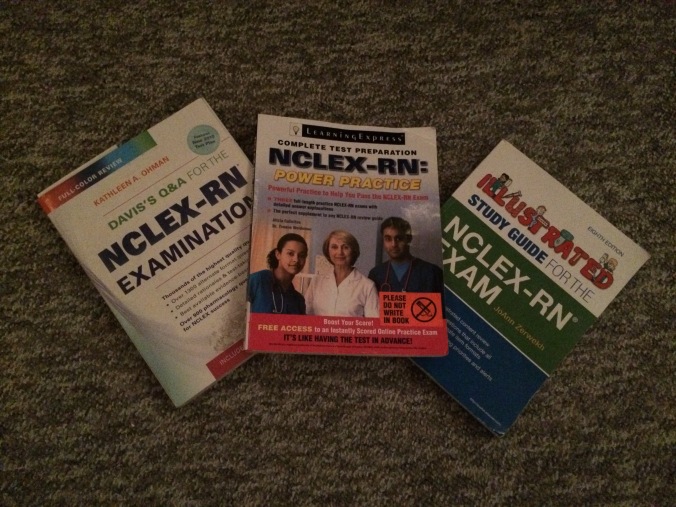
It was a struggle to get through the movie rendition of A Clockwork Orange and I can only imagine what the book would be like. For instance, within the first 20 minutes, the main character and his buddies beat up a homeless man, fight with another gang, and break into a house. The movie does not show any acts of violation, but the movie has many other graphic scenes. As I continued watching, however, I began to understand that the violence portrayed early on in the film exemplified how the main character changed throughout the course of his reformation. By the end, I was satisfied with the use of violence but was still rather uncomfortable with the vividness of it in the film.
Violence for the sake of violence is not something I appreciate in films or otherwise. For instance, in the movie The Purge one day is allotted a year for violent acts and the rest of the year is lived in peace. Some members of the community only partake in the day to relieve general frustrations. Yet, the heinous crimes they commit outweigh the supposed reasoning for the person’s participation. It is sickening to see the violence in The Purge, particularly because there is a disconnect between the cause of the aggression and the act of violence in recompense.
the violence in The Purge, particularly because there is a disconnect between the cause of the aggression and the act of violence in recompense.
I do not know if I will ever be used to violence or aggressiveness in films, but I understand the difference between excessive violence and explicit displays of violence and I think the comparison between The Purge and A Clockwork Orange is a good example of it. Granted, I have not read A Clockwork Orange so I do not know if I missed the point entirely.
These sort of thoughts come to me, of course, as I lounged around on Martin Luther King Jr. Day. In between watching movies and enjoying a wonderful PNW winter day, I reflected on the violence that has become so commonplace in our culture. I wonder what MLK would have thought about the movies that I have watched… Or if he would have spared any time to watch them in the first place.






 Although healthcare practitioners are required to continue their education, the most valuable practitioners will be the ones who actively seek to learn despite the various time and energy constraints all healthcare practitioners face. Ultimately, the importance of a doctor lies in their knowledge of medicine and humanity than their academic achievements.
Although healthcare practitioners are required to continue their education, the most valuable practitioners will be the ones who actively seek to learn despite the various time and energy constraints all healthcare practitioners face. Ultimately, the importance of a doctor lies in their knowledge of medicine and humanity than their academic achievements.



